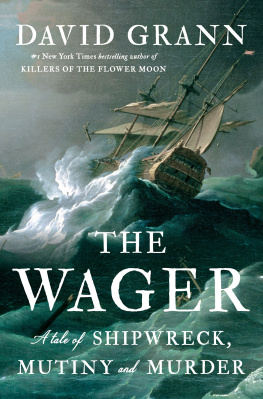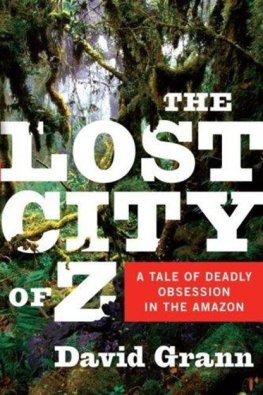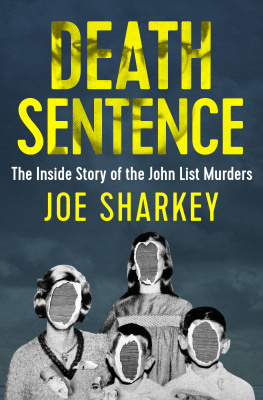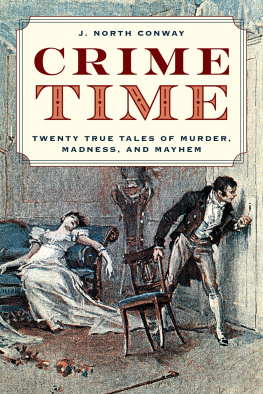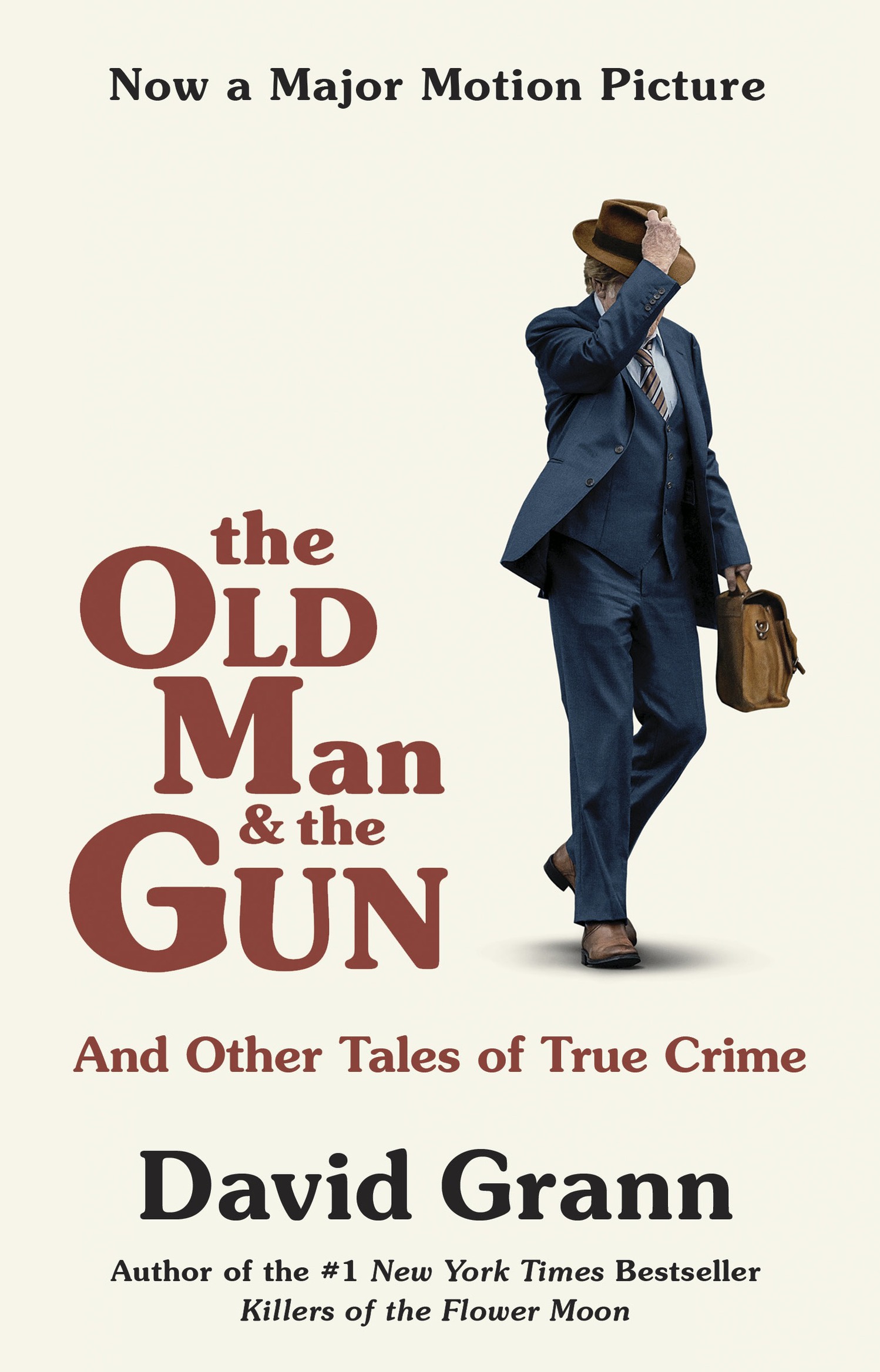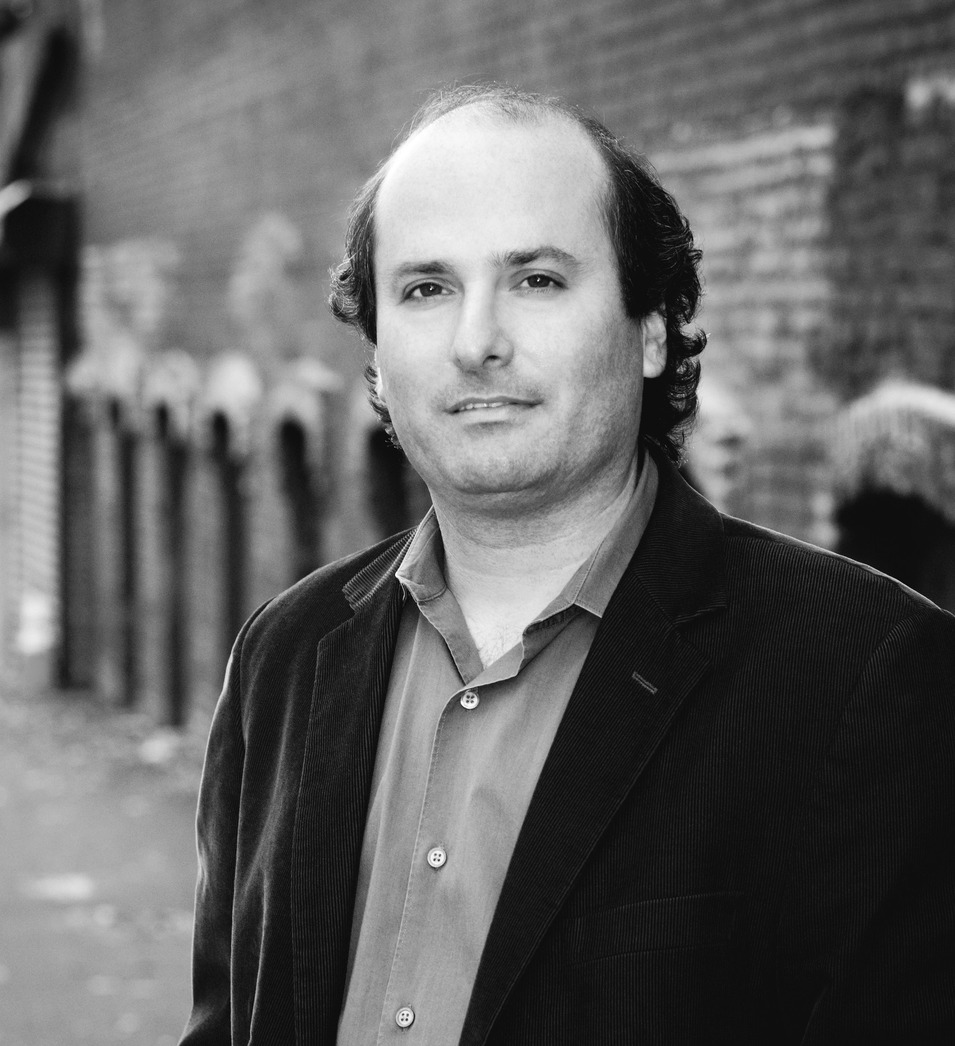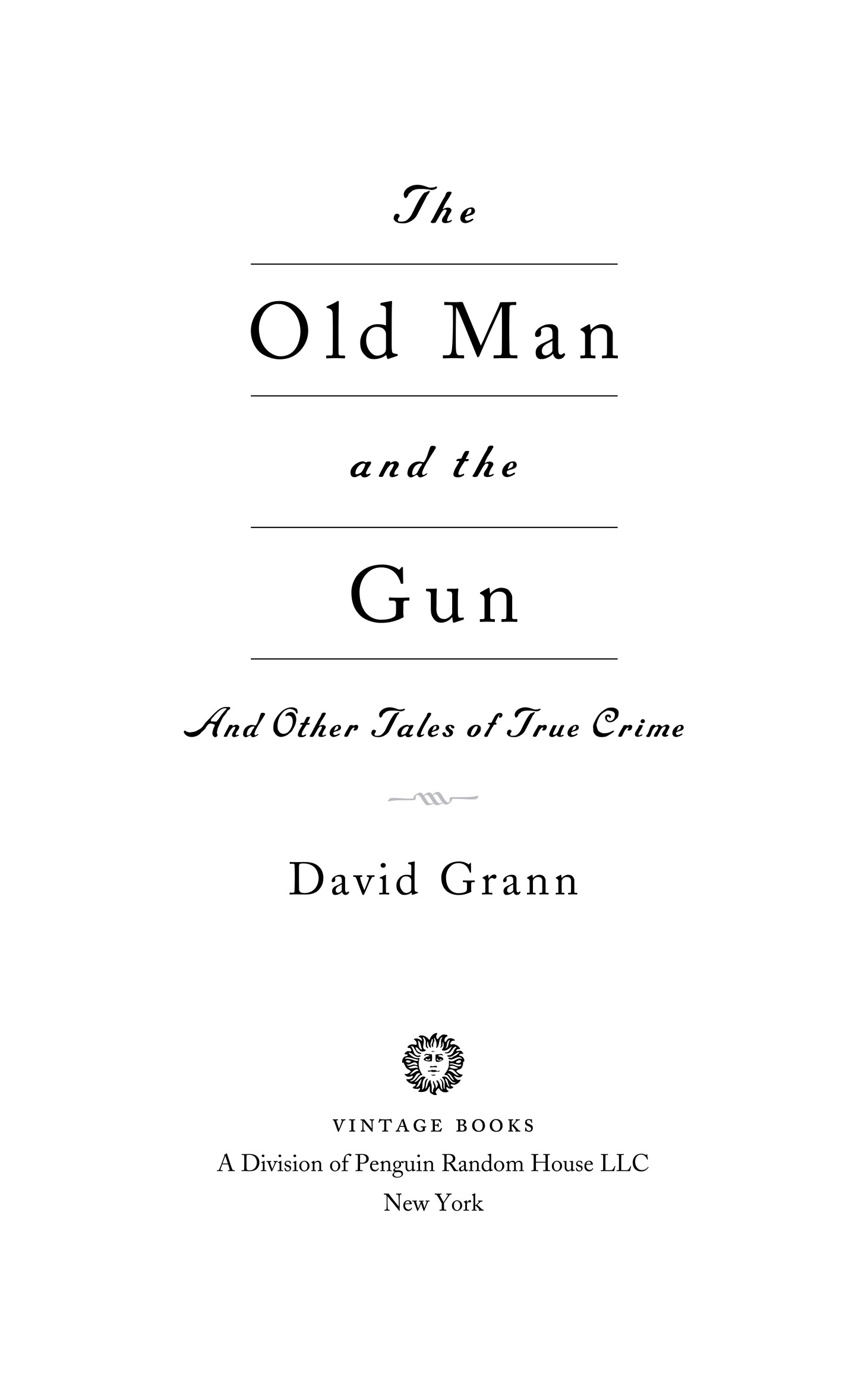All rights reserved. Published in the United States by Vintage Books, a division of Penguin Random House LLC, New York, and distributed in Canada by Random House of Canada, a division of Penguin Random House Canada Limited, Toronto. These essays are taken from The Devil and Sherlock Holmes, originally published in hardcover in the United States by Doubleday, a division of Penguin Random House LLC, New York, in 2010.
Vintage and colophon are registered trademarks of Penguin Random House LLC.
The Cataloging-in-Publication data is on file with the Library of Congress.
The Old Man and the Gun
THE SECRETS OF A LEGENDARY STICKUP MAN
Just before Forrest Tucker turned seventy-nine, he went to work for the last time. Although he was still a striking-looking man, with intense blue eyes and swept-back white hair, he had a growing list of ailments, including high blood pressure and burning ulcers. He had already had a quadruple bypass, and his wife encouraged him to settle into their home in Pompano Beach, Florida, a peach-colored house on the edge of a golf course which theyd purchased for their retirement. There was a place nearby where they could eat prime rib and dance on Saturday nights with other seniors for $15.50 a person, and even a lake where Tucker could sit by the shore and practice his saxophone.
But on this spring day in 1999, while his neighbors were on the fairway or tending to their grandchildren, he drove to the Republic Security Bank in Jupiter, about fifty miles from his home. Tucker, who took pride in his appearance, was dressed all in white: white pants with a sharp crease, a white sports shirt, white sude shoes, and a shimmering white ascot.
He paused briefly in front of the A.T.M. and pulled the ascot up around his face, bandit style. He then reached into a canvas bag, took out an old U.S. Army Colt .45, and burst into the bank. He went up to the first teller and said, Put your money on the counter. All of it.
He flashed the gun so that everyone could see it. The teller laid several packets of fives and twenties on the counter, and Tucker inspected them for exploding dye packs. Checking his watch, he turned to the next teller and said, Get over here. You, too.
Then he gathered up the thick packetsmore than five thousand dollarsand hurried to the door. On his way out, he looked back at the two tellers. Thank you, he said. Thank you.
He drove to a nearby lot, where he had left a safe car, a red Grand Am that couldnt be traced to him. After wiping down the stolen hot car with a rag, he threw his belongings inside the Grand Am. They included a .357 Magnum, a sawed-off .30 carbine, two black nylon caps, a holster, a can of Mace, a pair of Smith & Wesson handcuffs, two rolls of black electrical tape, a police badge, five AAA batteries, a police scanner, a glass cutter, gloves, and a fishing cap. There was also a small bottle of medicine for his heart. No one seemed to notice him, and he went home, making what appeared to be a clean getaway.
After a brief stop to count the money, he got back in the car and headed out again. As he approached the golf course, the bills neatly stacked beside him, he noticed an unmarked car on his tail. He turned onto another street, just to make sure. There it was again. Then he spotted a police car pulling out behind him. He hit the gas as hard as he could, trying to outmaneuver them, turning left, then right, right, then left. He went past the North Pompano Baptist Church and the Kraeer Funeral Home, past a row of pink one-story houses with speedboats in the driveways, until he found himself on a dead-end street. As he spun around, he saw that a police car was barricading the road. One of the officers, Captain James Chinn, was reaching for his shotgun. There was a small gap between Chinns car and a wooden fence, and Tucker, his body pitched forward in his seat, sped toward it. Chinn, who had spent almost two decades as a detective, later said he had never seen anything like it: the white-haired figure barrelling toward him seemed to be smiling, as if he were enjoying the showdown. Then, as the car skidded over the embankment, Tucker lost control and hit a palm tree. The air bags inflated, pinning him against the seat.
The police were stunned when they realized that the man they had apprehended was not only seventy-eight years oldhe looked, according to Chinn, as if he had just come from an Early Bird Specialbut one of the most notorious stickup men of the twentieth century. Over a career that spanned more than six decades, he had also become perhaps the greatest escape artist of his generation, a human contortionist who had broken out of nearly every prison he was confined in.
One day in 2002, I went to meet Tucker in Fort Worth, Texas, where he was being held in a prison medical center after pleading guilty to one count of robbery and receiving a thirteen-year sentence. The hospital, an old yellow brick building with a red tiled roof, was on top of a hill and set back off the main road, surrounded by armed guards and razor wire. I was handed a notice that said no weapons, ammunition, or metal cutting tools were allowed, and then escorted through a series of chamberseach door sealing behind us before the next one openeduntil I arrived in an empty waiting room.
Before long, a man appeared in a wheelchair pushed by a guard. He wore brown prison fatigues and a green jacket with a turned-up collar. His figure was twisted forward, as if he had tried to contort it one last time and it had frozen in place. As he rose from the wheelchair, he said, Its a pleasure to meet you. Forrest Tucker.


